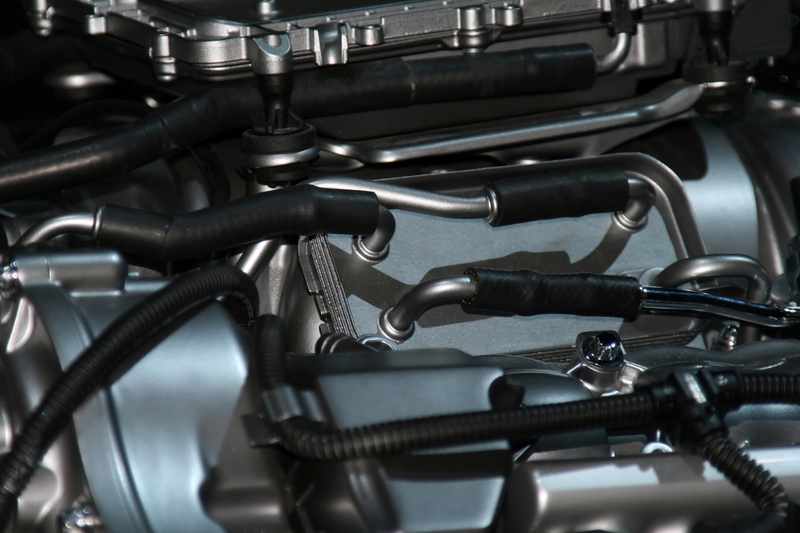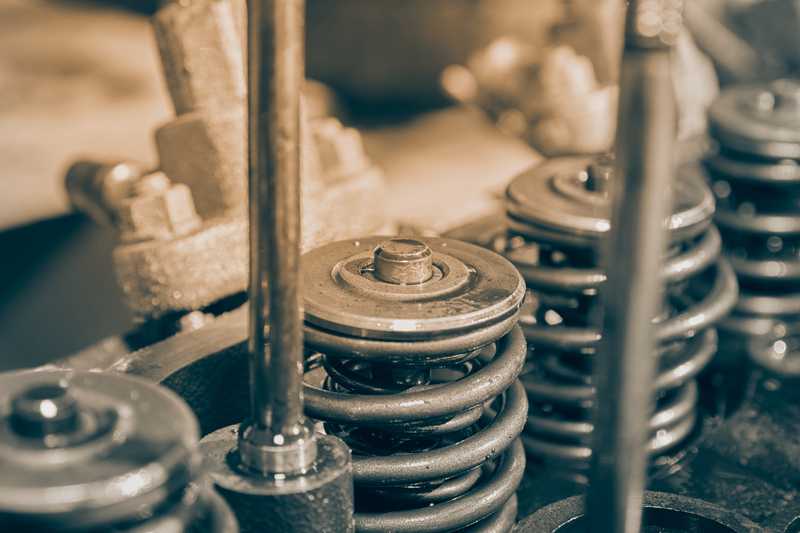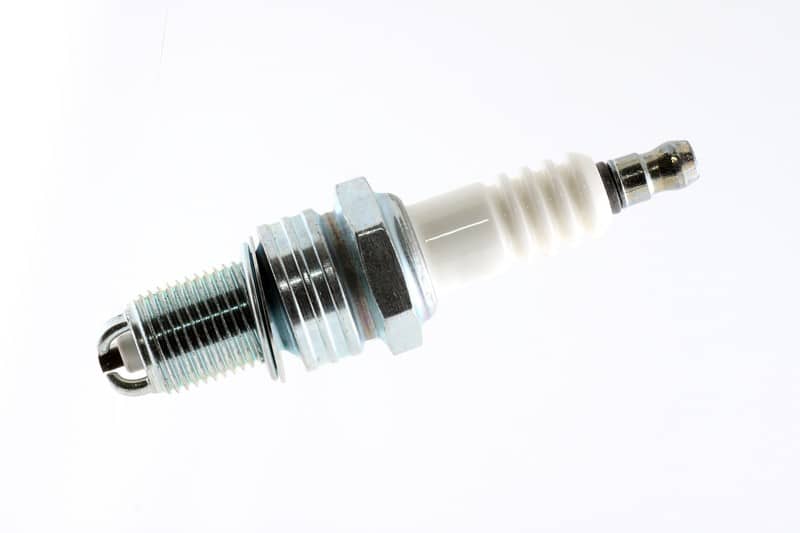
Skid Steer is a compact machine that can help you quickly get through your landscaping projects.
It is one of the most useful things you can add to your farm. However, you will have to set aside a good sum of money to get a quality skid steer for your farm.
With that said, it is quite common to run into basic issues with the skid steer from time to time.
Recently, many users have mentioned issues with the skid steer not starting after cranking. Let’s discuss a few troubleshooting methods to help you with this problem.
Skid Steer Cranks But Won’t Start
- Replace Filters
One of the most common reasons behind this problem is clogged filters. Many users don’t give much attention to the maintenance of their unit after the initial purchase.
So, checking the filters might be a good option if you’re struggling with the skid steer starting issues.
If the filters have not been replaced, you must install a replacement. Hopefully, the unit will start working after you have replaced the fuel filters.
The best thing about this method is that you won’t have to go out of budget to get the filter replacement.
These are quite cheap, and you don’t need professional help for this fix. So, just refer to your local dealer and grab a filter replacement for the unit. Install the filter replacement and try starting the engine again.
- Fix Injectors
Aside from the clogged filters, fuel injectors can also cause malfunction. To get ahead of this problem, you will first have to identify the injector pump issue, which should help you maneuver this problem.
If the pump is not working at all, then calling a mechanic is your best option.
Issues with the injector pump are quite hard to deal with on your own. There is a good chance you will end up further damaging the unit.
So, to stay on the safer side, just call an expert and have him fix the starting problems for you. It will cost you a few bucks, but you won’t have to deal with the same issue again.
- Replace Solenoid
If the problem were not related to the filters or the faulty injectors, you would need to check the solenoid status on your unit. If the solenoids are not in perfect shape, you must replace them immediately.
To check the integrity of the Solenoid, you can rely on the use of a multimeter. Once you’re sure the Solenoid is not working perfectly, try installing a replacement.
The issue with the skid steer should be fixed after installing the Solenoid. However, if the problem remains, it is probably a good idea to call your dealer about this problem.
Depending upon the warranty status, he will have the unit fixed for you. You won’t have to bear any extra costs, and he will guide you through the process.
- Inspect Circuit Board
If you have a skid steer that won’t start, it could be due to an issue with the circuit board. The circuit board is responsible for controlling the electrical components of your machine, such as the starter motor and fuel pump.
It’s important to inspect your circuit board if your skid steer isn’t starting, as this could be the source of the problem.
There are several things you can do when inspecting the circuit board. First, check all fuses and relays for any signs of corrosion or damage.
If there is any visible damage or wear and tear on these components, they will need to be replaced before further inspection can take place.
You should also check all wiring connections to ensure they are secure and in good condition. If there are any loose wires or frayed insulation present, they should be repaired before continuing with troubleshooting procedures.
Use a multimeter to test each component on the circuit board individually for proper operation and connectivity.
Any broken connections or faulty components should be identified and replaced accordingly to restore the proper functioning of your skid steer engine control system.
With careful inspection and attention to detail, you may find that a simple repair job resolves your skid steer’s starting issue.
It’s important to remember that a skid steer is a complex machine and if you are not comfortable doing the work yourself, it’s best to consult a qualified mechanic for assistance.
They can provide further direction on properly inspecting and repairing your skid steer circuit board if necessary.
- Dirty Fuel Injectors
One of the most common causes of a skid steer not starting is dirty fuel injectors. Fuel injectors assist in delivering fuel to the engine, and if not working properly they become clogged preventing your skid steer from starting up.
This problem can be caused by old or contaminated fuel, which has a higher chance of containing particles that may block gas flow.
Certain types of contaminants such as dirt and grime can also build up on the inside surface of the injector over time and cause it to become clogged.
To fix this issue you need to clean out your injectors using specialized tools designed specifically for this purpose.
The process involves removing each injector from its housing before cleaning them with an appropriate solvent or chemical cleaner to remove any debris blocking its passageways.
Once all have been cleaned, reinstall them back into their housings and start up your skid steer again – hopefully, this should solve your problem.
- Check Fuel Pressure
If your skid steer is cranking but won’t start, it could be due to various causes. One possible cause is an issue with fuel pressure.
It’s important to check the fuel pressure before attempting other troubleshooting steps as this can help you determine whether the problem is related to fuel or something else entirely.
To do this, you’ll need access to a fuel pressure gauge and some basic knowledge about how engines work. With these tools and information, you can quickly pinpoint the problem and get your skid steer running again in no time.
If the fuel pressure is too low, it may be due to a clogged fuel filter or a faulty pump. The best way to diagnose these issues is by taking your skid steer to a professional mechanic who can inspect the vehicle and make any necessary repairs.
- Check for Air Leaks
Another possible cause of a skid steer cranking but not starting is an air leak in the fuel system.
To diagnose this issue, you’ll need to locate any potential leak sources and repair them as needed. This could include a cracked fuel line, a loose hose connection, or even worn-out gaskets.
Once again, it’s best to take your skid steer to a professional mechanic if you’re unsure how to properly diagnose and repair the issue.
- Check Spark Plugs and Ignition System
If the fuel pressure and air leaks are both in order, then it’s time to take a closer look at your skid steer’s spark plugs and ignition system. Faulty spark plugs, a weak ignition system, or worn-out wiring can all prevent your skid steer from starting.
How to prevent Skid Steer Crank Issues?
The skid steer is a powerful piece of equipment that can make any job easier, but it’s important to maintain regular maintenance and inspect the machine for any potential problems.
One common issue is crank issues, which can lead to costly repairs if left unchecked. Fortunately, you can take some simple steps to prevent skid steer crank issues from occurring in the first place.
By following these tips, you’ll be able to keep your skid steer running smoothly and avoid costly repairs down the line.
- Make sure to use the correct type of oil when servicing your skid steer. Different oils have different viscosities, so make sure you’re using the right oil for your skid steer model.
- 2. Check all hoses and connections for any signs of wear or damage before each use. This will help to ensure a good seal, reducing the chance of leaks or other problems.
- Keep an eye on your skid steer’s temperature and make sure it’s not running too hot. If the engine runs hotter than normal, it can cause excessive wear and tear on the crank shaft, leading to potential issues down the line.
- Have your skid steer serviced and inspected regularly by a qualified technician. This will help identify any potential problems before they become serious, saving you time and money in the long run.
- Invest in quality replacement parts for your skid steer when needed. Using low-grade parts can lead to poor performance and more frequent repairs.
Following these tips can help keep your skid steer in top shape and prevent costly crank issues from occurring. With the right maintenance and care, your skid steer can handle any job easily.





My 4835 Gehl skid loader will not start without a small shot of ether, once started it runs perfect. It has a duetz 3 cylinder diesel engine